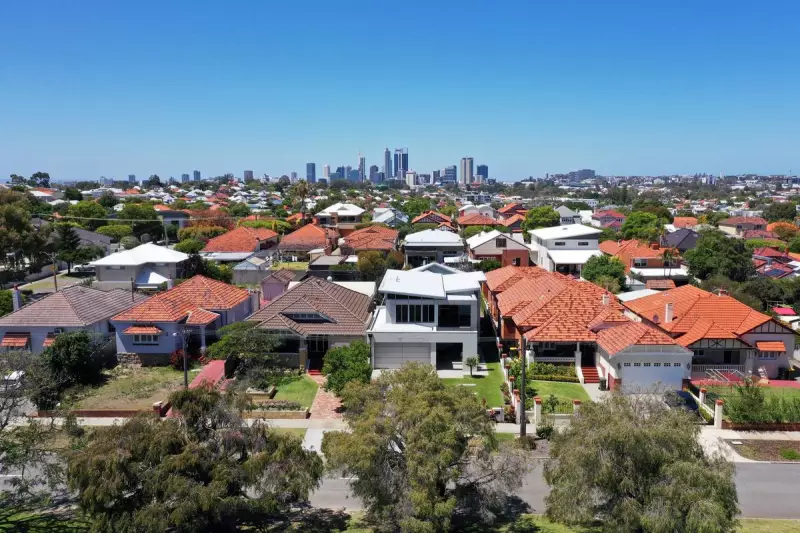
Western Australian home buyers are taking on significantly larger mortgages, with average loan sizes surging by an astonishing $75,000 in just three months ahead of the federal government's new Help to Buy scheme.
The Pre-Scheme Mortgage Surge
New data from the Australian Bureau of Statistics reveals a dramatic nationwide trend, but Western Australia stands out with the most substantial increase in mortgage commitments. The average new mortgage in WA jumped from $432,000 to $507,000 between April and June, representing the largest quarterly rise recorded across all states and territories.
This borrowing binge occurred as prospective homeowners raced to enter the property market before the implementation of Labor's shared equity scheme, which is expected to launch later this year. The national picture shows similar patterns, with average mortgage sizes increasing from $593,000 to $624,000 during the same period.
Understanding the Help to Buy Scheme
The federal government's Help to Buy program will allow eligible participants to purchase a home with as little as a 2% deposit while the government takes up to a 40% equity stake in the property. This initiative aims to assist 10,000 Australians each year, potentially saving participants thousands of dollars in mortgage insurance and reducing their monthly repayments.
The scheme targets specific price caps depending on location, with Western Australian properties needing to be valued under $600,000 in Perth and major regional centres, or $450,000 in other parts of the state to qualify for assistance.
Housing Minister Julie Collins has emphasised that the program will help Australians overcome the "barrier of a large deposit" that prevents many from entering the property market. However, critics including the Coalition and the Greens have raised concerns about the scheme potentially fueling further price increases in an already heated market.
Market Implications and Expert Analysis
Property experts are divided on the long-term impact of this mortgage surge. Some analysts suggest that the pre-scheme buying frenzy may have temporarily inflated prices, creating challenging conditions for first-home buyers attempting to enter the market without government assistance.
The timing of this mortgage increase coincides with ongoing interest rate rises, creating additional pressure on new homeowners who have committed to larger loans. This combination of factors raises questions about housing affordability and financial stability for recent entrants to the Western Australian property market.
As the Help to Buy scheme prepares to launch, market observers will be watching closely to see whether the program achieves its intended goal of improving accessibility or contributes to further price escalation in a market already showing signs of strain from increased borrowing.





